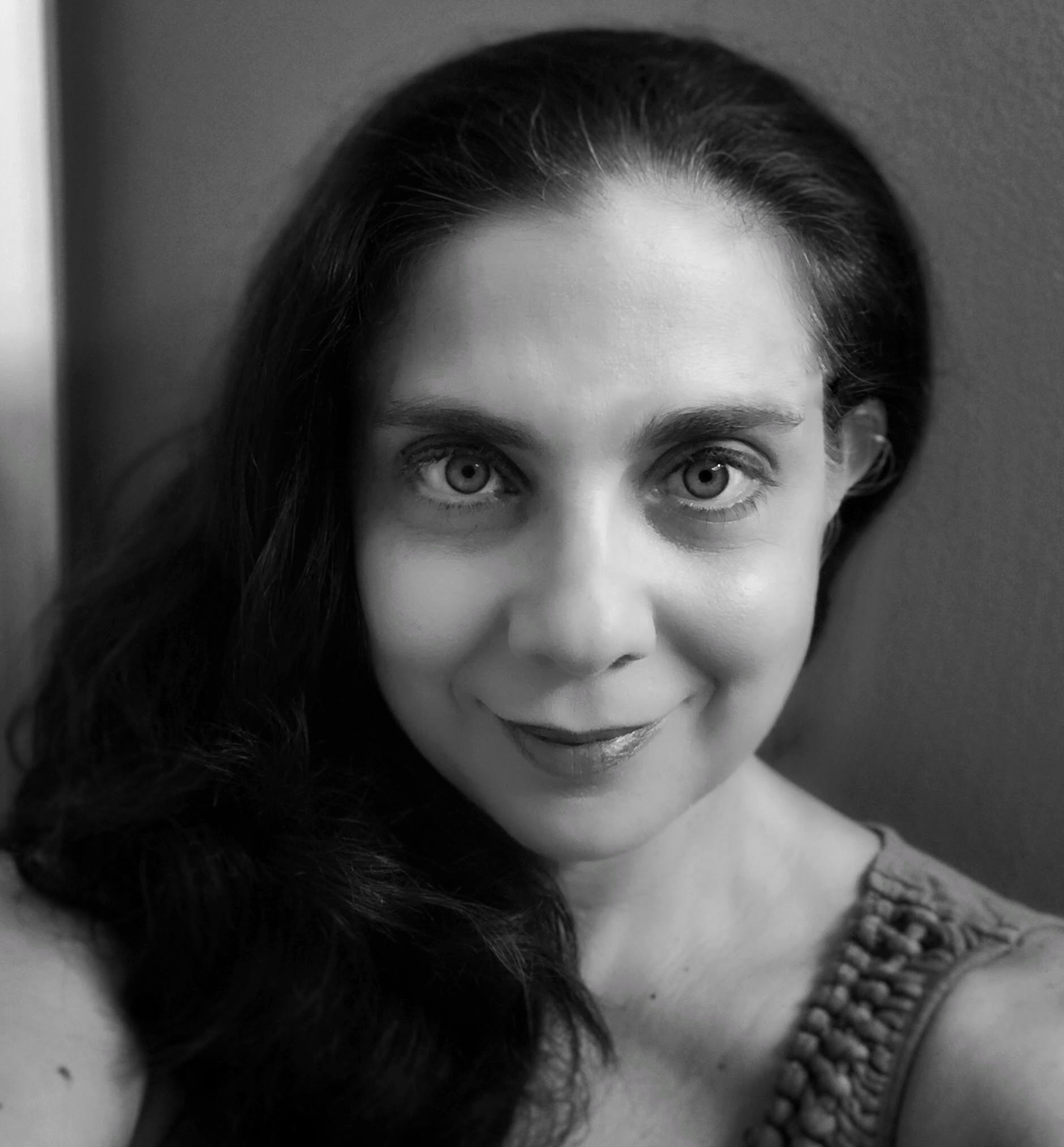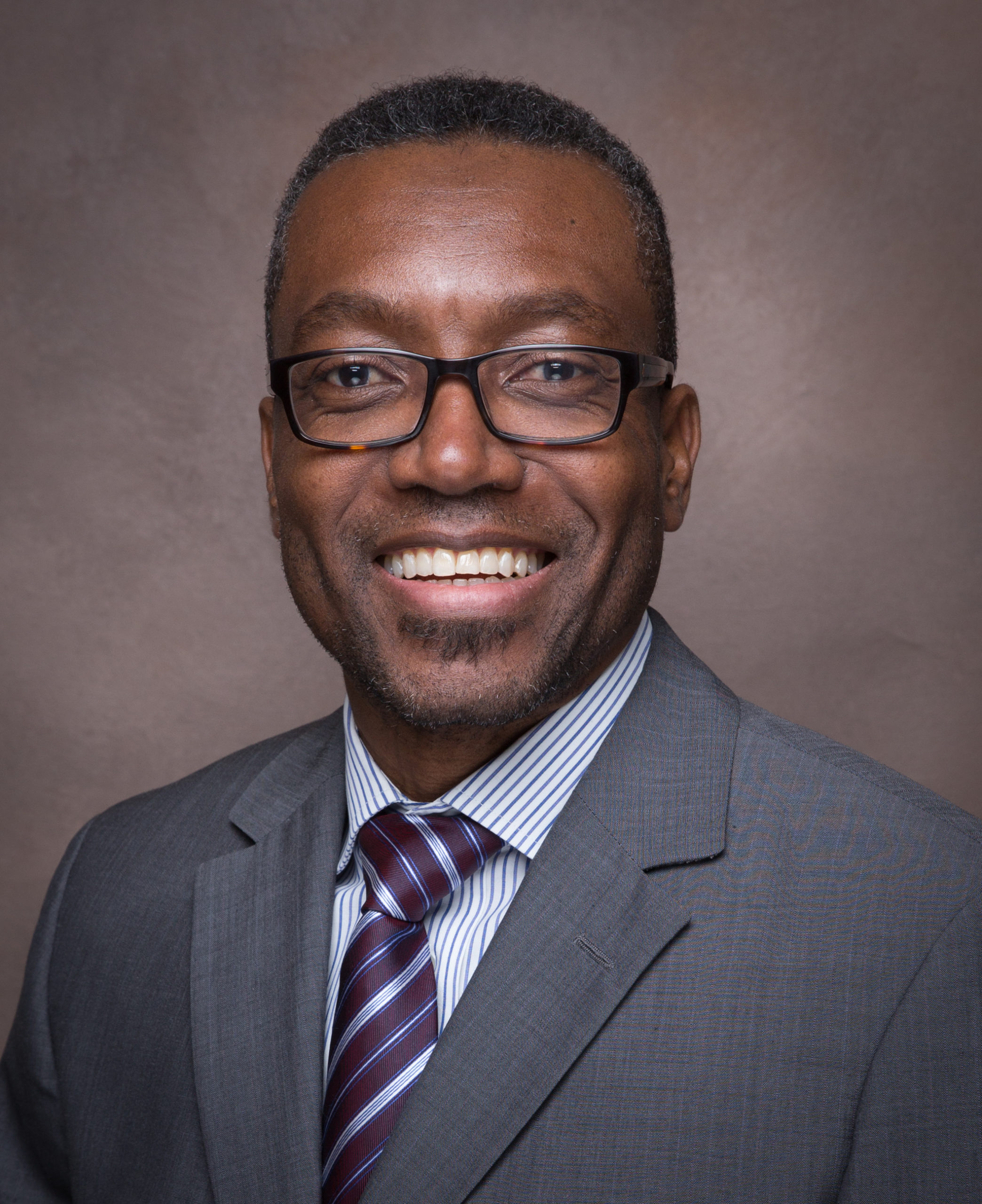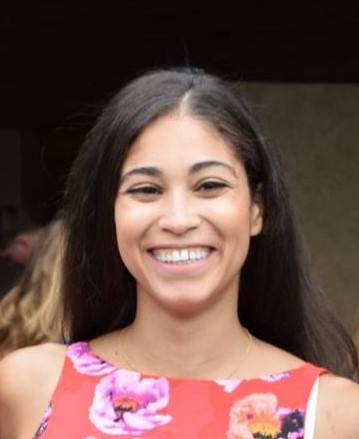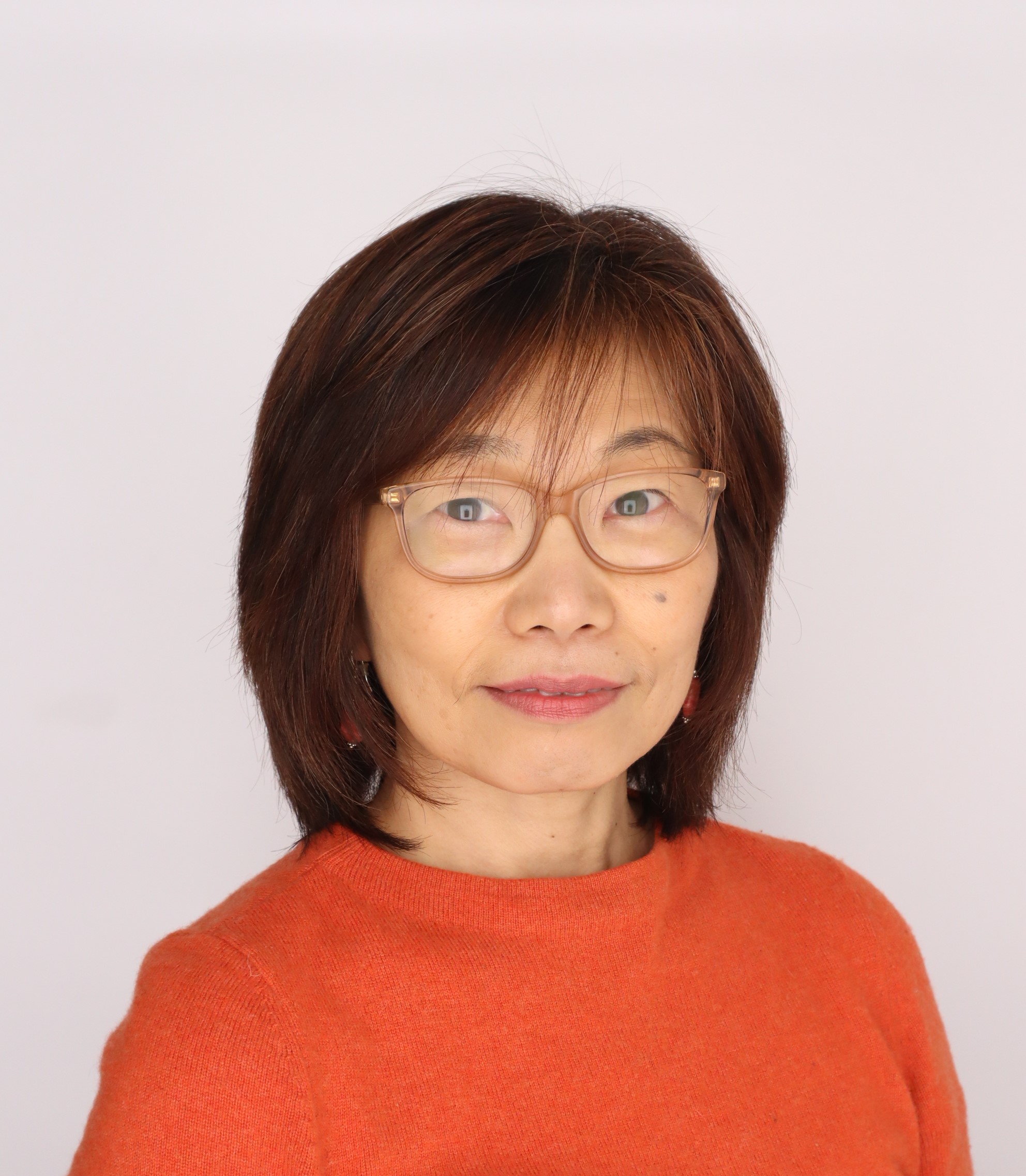Get Involved

 Become a Thought Partner
Become a Thought Partner
Partner with us to produce thought leadership that moves the needle on behavioral healthcare.
 Other options to get involved
Other options to get involved

Thank you!
We received your information and will be in contact soon!
Get Involved

 Grantmaking
Grantmaking
We fund organizations and projects which disrupt our current behavioral health space and create impact at the individual, organizational, and societal levels.
 Participatory Funds
Participatory Funds
Our participatory funds alter traditional grantmaking by shifting power
to impacted communities to direct resources and make funding decisions.
 Special Grant Programs
Special Grant Programs
We build public and private partnerships to administer grant dollars toward targeted programs.
 Program Related Investments
Program Related Investments
We provide funds at below-market interest rates that can be particularly useful to start, grow, or sustain a program, or when results cannot be achieved with grant dollars alone.
Get Involved

 Tia Burroughs Clayton, MSS
Tia Burroughs Clayton, MSS
Learning and Community Impact Consultant
Add some text here
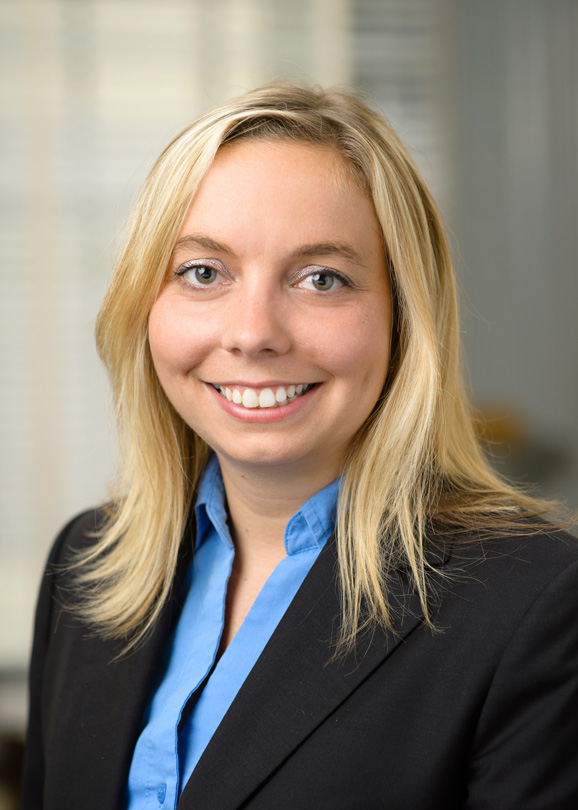 Alyson Ferguson, MPH
Alyson Ferguson, MPH
Chief Operating Officer
Contact Alyson about grantmaking, program related investments, and the paper series.
 Samantha Matlin, PhD
Samantha Matlin, PhD
Senior Learning & Community Impact Consultant
Contact Samantha about program planning and evaluation consulting services.
 Caitlin O'Brien, MPH
Caitlin O'Brien, MPH
Director of Learning & Community Impact
Contact Caitlin about the Community Fund for Immigrant Wellness, the Annual Innovation Award, and trauma-informed programming.
 Joe Pyle, MA
Joe Pyle, MA
President
Contact Joe about partnership opportunities, thought leadership, and the Foundation’s property.
 Bridget Talone, MFA
Bridget Talone, MFA
Grants Manager for Learning and Community Impact
Add some text here
Cone

Program Website
Year:
2017State:
North CarolinaWinner Status:
ApplicantProgram Type:
Access to CareTarget Population:
Individuals with Serious Mental IllnessSetting:
ClinicProgram Description
NAMI conducted the survey online from July 15 to July 26, 2011. There were 1,215 responses by persons who identified themselves as having personally experienced psychosis. There were 2,882 by persons who had witnessed someone in early stages of psychosis. In both instances, the respondents were overwhelmingly white, female and with at least a college education. The average age of those persons who had experienced psychosis was 24 at the time symptoms first began. The oldest age at time of onset was 63 and the youngest age three. Using this information as well as information gathered from the National Council we developed a program to target this population.
Creativity
In NC 18-26 yr. olds make up a disproportionate number of suicide victims. Cone’s Partial Hospitalization Program provides peer led groups, music therapy, yoga, occupational therapy, equine assisted therapy and individual psychotherapy. Our focus is on people who experience first time psychosis to provide intensive treatment as an alternative to hospitalization . Our program is designed to be “short-term” – an average of 10 to 15 days – and is offered as an alternative to hospitalization if the individual can actively participate in treatment or as a “step-down” from an inpatient setting to help in the transition back into the community. We began by implementing the RAISE (Recovery After an Initial Schizophrenic Episode) Treatment Team model: Team leader (Clinician); Primary Physician Case Manager, Peer Support Specialist (18-26), supported employment, and pharmacotherapy. We modified the model and included principles of Cognitive Processing Therapy (Duke), DBT, and resiliency training.
Leadership
We completed our first year of the program in which we were able to follow up with patients who were part of our initial group as of November 2016. Leadership including our CEO is committed to helping people live productive lives in our community. The organization must buy in because the difficulty is getting people to see the value of your program. You essentially are asking people 18-26 with a low tolerance for ongoing lectures to attend a 5-6 hour program. The clinician must be dynamic and have an ability to engage and energize this target population. At this time we are working to develop a marketing campaign which will include press releases as well as testimonials. We have developed a manual which outlines how to develop a PHP program that focuses on college students.
Sustainability
The most difficult part of establishing our program was getting buy in from referral sources, staff, and leadership. Once we were able to track and report our initial outcomes our referrals increased and our goal is to reciprocate this program as a step down for all of our acute care centers in and around college towns and communities. Funding and support was also sought out by the Universities and local colleges. We are able to work directly with the University as they are often unable to have adequate psychiatric services that address concerns with first time psychosis which is the most important time to provide intensive treatment.
Replicability
We developed a manual which includes how to seek start up funding as well as how to establish ongoing fundraising campaigns. It also outlines the regulatory requirements and step by step guideline on how to implement the program
Results/Outcomes
As part of of our program we conducted aftercare follow up at 3 mo, 6mo, and 12 mo intervals after treatment to track outcomes. An example of some of the outcomes we have been able to achieve include less than 10% report readmission 3 months after discharge; 79% had no hospitalizations 6 months after treatment; 71% had no hospitalizations after 12 months. Many of the patients had two or more hospitalizations within a 30 day period upon admission. This data is based on 327 patient admissions over a 12 month period. Out of the students who were actively in school 91% reported doing better academically after attending our program.







